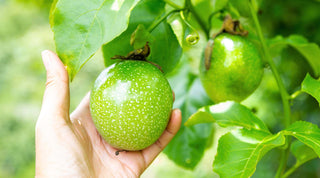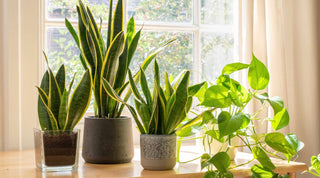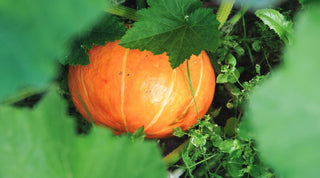With a strategic approach, you can garden on a budget and establish a thriving garden without breaking the bank.
Starting a garden can be an enriching and rewarding experience, offering a bounty of fresh produce or a beautiful retreat. However, the cost of setting up a garden might seem daunting. Here's how to cultivate your green thumb on a budget.
Plan Your Garden
The first step to garden on a budget is planning. Determine what type of garden you want, whether it's a vegetable garden, a flower garden, or a mix of both. Consider the space available and how much time you can dedicate to your garden. A well-thought-out plan will help you avoid unnecessary expenses.
Start Small
It's easy to get carried away with grand plans for your garden. However, starting small not only saves money upfront but also allows you to learn what works best in your garden without a significant investment. Expand your garden gradually as you become more confident in your gardening skills.
Use Seeds
Starting plants from seeds is significantly cheaper than buying seedlings from a nursery. While some plants are easier to grow from seedlings, many vegetables and flowers are straightforward to grow from seeds if you follow the packet instructions. Save seeds from your produce or swap seeds with fellow gardeners to diversify your garden for free.
Make Your Own Compost
Compost is essential for enriching the soil, but buying bags of it can add up. Composting your kitchen scraps and yard waste is simple and reduces your garden's carbon footprint. A basic compost pile or bin in a corner of your yard can turn organic waste into nutrient-rich compost in a few months.
Recycle and Repurpose
Innovative recycling can lead to significant savings. Use yogurt containers, egg cartons, or toilet paper rolls as pots for starting seeds. Broken pots, twigs, or stones can mark plant rows. Old buckets and barrels can be converted into planters or water collection systems. Look around your house for items that can be repurposed in your garden.
Choose Perennials
Perennials are plants that come back year after year, which means you don't have to buy new plants each season. While the initial cost may be higher than annuals, the long-term savings are substantial. Additionally, many perennials can be divided after a few years, giving you more plants for free.
Water Wisely
Water can be a considerable expense for gardeners. Collect rainwater with a simple rain barrel system to water your plants. Also, watering in the early morning or late evening reduces evaporation and makes your watering efforts more efficient. Mulching around plants will retain moisture, reducing the need to water frequently.
Shop End-of-Season Sales
Garden centers often have end-of-season sales where plants, seeds, and gardening tools are significantly discounted. This is an excellent opportunity to pick up gardening supplies for the next year at a fraction of the cost.
Join Gardening Communities
Local gardening groups or online forums can be a goldmine of information and resources. Members often share cuttings, seeds, and even gardening tools. These communities are also great for learning tips and tricks specific to your area.
Do It Yourself
Finally, a DIY attitude can save you a lot of money. Whether it's building raised beds from reclaimed wood, mixing your own potting soil, or making your own garden decorations, doing it yourself not only cuts costs but also adds a personal touch to your garden.
Conclusion
It's entirely possible to garden on a budget with a bit of creativity and resourcefulness. By starting small, using seeds, making your compost, recycling, and utilizing community resources, you can create a garden that's both beautiful and bountiful without spending a lot. Remember, the goal is to enjoy the process as much as the results. Happy gardening!



